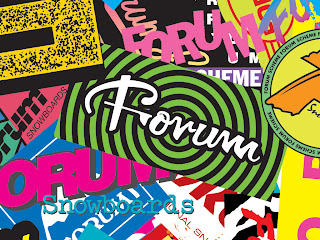This past semester taught me a lot about the basic fundamentals of film and media. Learning skills that range from production work that goes into film making, and the different techniques that can be used to portray different meanings in films, to the media side of learning about advertising techniques such as websites and print work, and how much work that can be as well.
I thought the Lecture classes were the downside of the class however. There were a few lecture classes where we spent the entire class learning about a subject then finding out was wasn't relevant to the tests, Such as the binary lecture. It seemed as if we spent a lot of time on learning un-important information and not enough time on the important.
Learning about HTML was a really interesting section of the Lab. I particularly enjoyed those couple of classes where we worked on Text wrangler. It really showed how much work goes into creating a website and how complicated it can be. Dealing with all the codes and link systems it can be very tedious work and the simplest mistakes really instantly change the outcome of the website. One subject I wish we would have spent more time on was learning about the film camera and the different parts on how they work. We only got a few minutes in one class to really take a look at it. And one subject which i was surprised we didn't learn about- since the class was about new media today- was the techniques of working with professional digital cameras and all the different parts and settings that involve those cameras.
Overall the class really sparked my interest on what is to come next semester. It should binteresting to see how much hands on work we will get.
